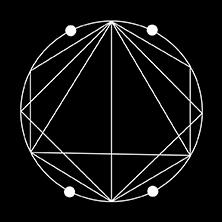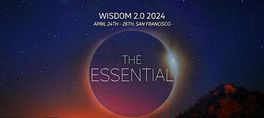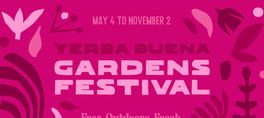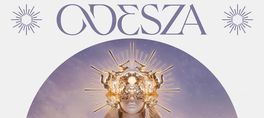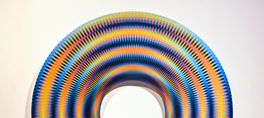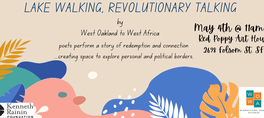Join LA-based sound artist and educator Meara O’Reilly for a workshop and presentation on alternative modes of music notation. Together we will consider the visual language of music composition as a blueprint for how we communicate the organization of sound. What elements of music are missing when we try to write it down? How does that written document differ from how we actually perceive the finished product?
"Traditional Western music notation is very good at visualizing certain basic aspects of music, for example using vertical height to signify pitch. Rhythm is traditionally notated horizontally, from left to right, over time. However, when a repeating rhythmic pattern is instead represented as points on a circle, it immediately allows us to see aspects of its overall symmetry and evenness that we couldn't before. Just as you can easily differentiate a triangle from a square, you can also see these qualities in a rhythm. We can then make subtle compositional choices that play out in unexpected ways, or apply different systems to creating the patterns in the first place. What is written for musicians to play and what we actually hear can often differ, both subtly and drastically. Many new patterns can be discovered simply by looking at the parts of a piece of music in a different way. In this session we will explore how both what we hear and compose can be shaped by the notation that we use to document it.” —Meara O’Reilly
Workshops are included with BAM/PFA admission.
show less
"Traditional Western music notation is very good at visualizing certain basic aspects of music, for example using vertical height to signify pitch. Rhythm is traditionally notated horizontally, from left to right, over time. However, when a repeating rhythmic pattern is instead represented as points on a circle, it immediately allows us to see aspects of its overall symmetry and evenness that we couldn't before. Just as you can easily differentiate a triangle from a square, you can also see these qualities in a rhythm. We can then make subtle compositional choices that play out in unexpected ways, or apply different systems to creating the patterns in the first place. What is written for musicians to play and what we actually hear can often differ, both subtly and drastically. Many new patterns can be discovered simply by looking at the parts of a piece of music in a different way. In this session we will explore how both what we hear and compose can be shaped by the notation that we use to document it.” —Meara O’Reilly
Workshops are included with BAM/PFA admission.
Join LA-based sound artist and educator Meara O’Reilly for a workshop and presentation on alternative modes of music notation. Together we will consider the visual language of music composition as a blueprint for how we communicate the organization of sound. What elements of music are missing when we try to write it down? How does that written document differ from how we actually perceive the finished product?
"Traditional Western music notation is very good at visualizing certain basic aspects of music, for example using vertical height to signify pitch. Rhythm is traditionally notated horizontally, from left to right, over time. However, when a repeating rhythmic pattern is instead represented as points on a circle, it immediately allows us to see aspects of its overall symmetry and evenness that we couldn't before. Just as you can easily differentiate a triangle from a square, you can also see these qualities in a rhythm. We can then make subtle compositional choices that play out in unexpected ways, or apply different systems to creating the patterns in the first place. What is written for musicians to play and what we actually hear can often differ, both subtly and drastically. Many new patterns can be discovered simply by looking at the parts of a piece of music in a different way. In this session we will explore how both what we hear and compose can be shaped by the notation that we use to document it.” —Meara O’Reilly
Workshops are included with BAM/PFA admission.
read more
"Traditional Western music notation is very good at visualizing certain basic aspects of music, for example using vertical height to signify pitch. Rhythm is traditionally notated horizontally, from left to right, over time. However, when a repeating rhythmic pattern is instead represented as points on a circle, it immediately allows us to see aspects of its overall symmetry and evenness that we couldn't before. Just as you can easily differentiate a triangle from a square, you can also see these qualities in a rhythm. We can then make subtle compositional choices that play out in unexpected ways, or apply different systems to creating the patterns in the first place. What is written for musicians to play and what we actually hear can often differ, both subtly and drastically. Many new patterns can be discovered simply by looking at the parts of a piece of music in a different way. In this session we will explore how both what we hear and compose can be shaped by the notation that we use to document it.” —Meara O’Reilly
Workshops are included with BAM/PFA admission.
show less
Date/Times:
Berkeley Art Museum and Pacific Film Archive (BAMPFA)
5 Upcoming Events
2155 Center Street, Berkeley, CA 94720
The Best Events
Every Week in Your Inbox
From Our Sponsors
UPCOMING EVENTS
Great suggestion! We'll be in touch.
Event reviewed successfully.
